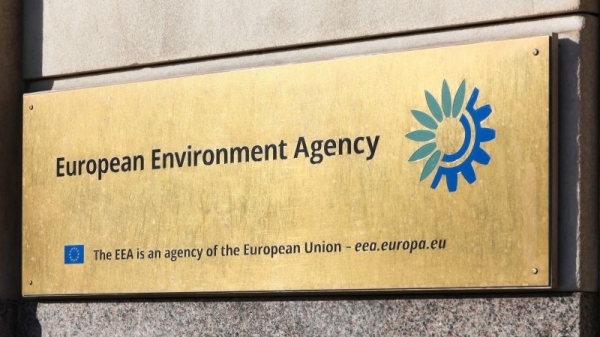Europe gets bad grades on meeting environmental targets

The EU may be on track to meeting its 2030 climate goal of cutting emissions by 55% compared to 1990 levels but is lagging when it comes to other green targets, according to the latest annual report by the European Environment Agency (EEA).
Since adopting the EU’s first environmental action programme in 1973, the EU has regularly monitored the implementation of green laws but the latest edition, published on Monday (18 December), paints a mixed picture.
“Our analysis shows that member states need to urgently strengthen actions to meet Europe’s environment and climate ambitions by 2030,” said Leena Ylä-Mononen, the EEA’s executive director.
The bloc’s environmental action plan comes with eight overarching targets, made up of concrete policy goals, that the agency scores from “very likely” to be achieved down to “very unlikely.”
Getting there requires “full implementation of current laws, increased investments in future-proof technologies and making sustainability a central element in all policies,” stressed Leena Ylä-Mononen as part of her agency’s assessment of the bloc’s progress.
Worst in class are the bloc’s carbon removal in nature as part of land use, land use change, and forestry, known as LULUCF. Healthy forests store CO2 in the ground, while intact peatlands keep methane out of the atmosphere.
According to the agency’s projections, the EU’s target of sequestering an extra 310 million tonnes of CO2e will be missed by a whopping 50 million tonnes. The agency attributes this to “increased harvest of wood as well as lower carbon sequestration by ageing forests in some member states.”
A group of three EU countries – Denmark, the Netherlands and Ireland are projected to emit 130 million tonnes of CO2 equivalent altogether while all except the Netherlands will emit more than in 2013-2020.
The second concrete climate change mitigation target – cutting the bloc’s emissions by 55% compared to 1990 levels – is judged to be in reach. According to the Copenhagen-based EEA, achieving the bloc’s 2030 climate target is deemed “likely but uncertain.”
On energy-saving metrics, the EU is not doing so well. Achieving the energy efficiency target of cutting primary consumption to below 11,542 Terawatt-hours and 8,700 TWh of final use is looking “very unlikely”, according to the EEA.
Ensuring that 45% of that energy is renewable by 2030 is similarly looking “unlikely but uncertain” based on projections of past installation rates. “A deep transformation of the European energy system would be needed within this decade if the target is to be met,” the agency estimates.
The bloc doesn’t get a passing grade on other indicators, like the share of buses in domestic transport, recycled material or organic farming.
Climate adaptation and circular economy
With the mixed picture on climate change mitigation, the lack of concrete progress on adaption stands out.
Goals to make the impacts of severe weather events and droughts less damaging will likely be missed. “Unlikely but uncertain,” the agency estimates.
Circular economy targets, like cutting material use and reducing waste significantly, are also “unlikely but uncertain” mostly due to continued economic growth and subsequent consumption resulting in material use and waste creation.
Overall, the EU’s environmental footprint, which has grown by 4% since 2013, is also due for another increase. Reducing the impact of EU citizens’ consumption looks “very unlikely,” the EEA says, due to “economic growth and current consumption patterns.”
At least the growth of the green economy is on track. In 2020, green industries like renewables, energy efficiency and waste management – as the biggest players – contributed 2.5% of the EU’s GDP.
“Increases are expected, particularly about applying circular economy principles and moving towards a low-carbon economy,” explains the agency , without giving further details.
Read more with Euractiv




